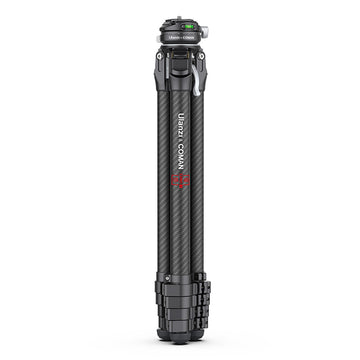When it comes to setting up a video rig, one of the most crucial components is the magic arm. This versatile tool allows videographers to mount various accessories such as lights, monitors, and microphones to their rig, providing flexibility and convenience during shoots. In this article, we will delve into the intricacies of articulating a magic arm for video rigs, exploring the best practices and techniques to ensure optimal performance.

The Anatomy of a Magic Arm
Before we delve into the articulation process, it's essential to understand the components of a magic arm. Typically, a magic arm consists of several adjustable joints that allow for versatile positioning. These joints are equipped with knobs or levers that enable users to lock the arm in place once the desired position is achieved. Additionally, most magic arms are equipped with a combination of 1/4"-20 and 3/8"-16 mounting studs, providing compatibility with a wide range of accessories.
Proper Articulation Techniques
Mastering the magic arm requires a keen understanding of proper articulation techniques. When articulating the arm, it's crucial to start by loosening the knobs or levers at each joint, allowing for free movement. This initial step prevents unnecessary strain on the arm and ensures smooth adjustments. As you articulate the arm, be mindful of the weight distribution of the attached accessories, as imbalanced loads can affect the stability of the rig.
Optimizing Stability and Flexibility
One of the key objectives when articulating a magic arm for a video rig is to achieve a balance between stability and flexibility. By carefully positioning the arm and tightening the joints at the appropriate angles, videographers can ensure that their accessories are securely mounted while still allowing for quick adjustments during shoots. This balance is particularly important when working in dynamic environments where the rig may be subject to movement or vibration.
Common Articulation Challenges and Solutions
Despite the versatility of magic arms, videographers may encounter common challenges when articulating the arm for their video rig. One such challenge is maintaining the desired position of the arm when heavy accessories are attached. In such cases, using a friction arm with a higher weight capacity or employing counterweights can help alleviate this issue, providing added stability and support.
Another common challenge is achieving precise articulation in tight or awkward spaces. In these situations, utilizing a shorter magic arm or incorporating additional extension arms can provide the necessary flexibility to navigate confined areas while maintaining optimal positioning of accessories.
Mastering the magic arm for video rigs is a skill that requires practice, patience, and a thorough understanding of its capabilities. By implementing proper articulation techniques, optimizing stability and flexibility, and addressing common challenges with innovative solutions, videographers can harness the full potential of this indispensable tool, elevating the quality of their video productions.














